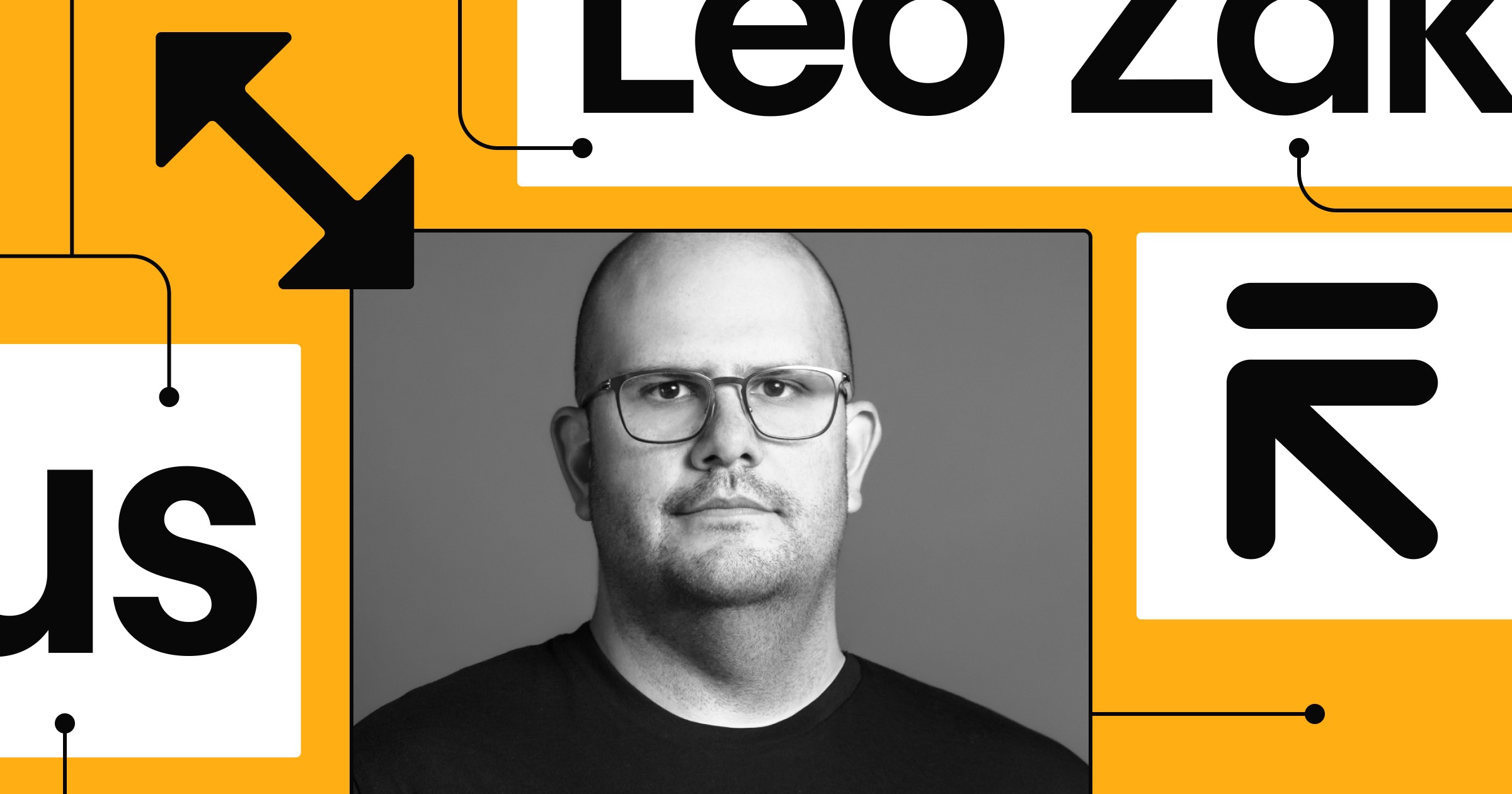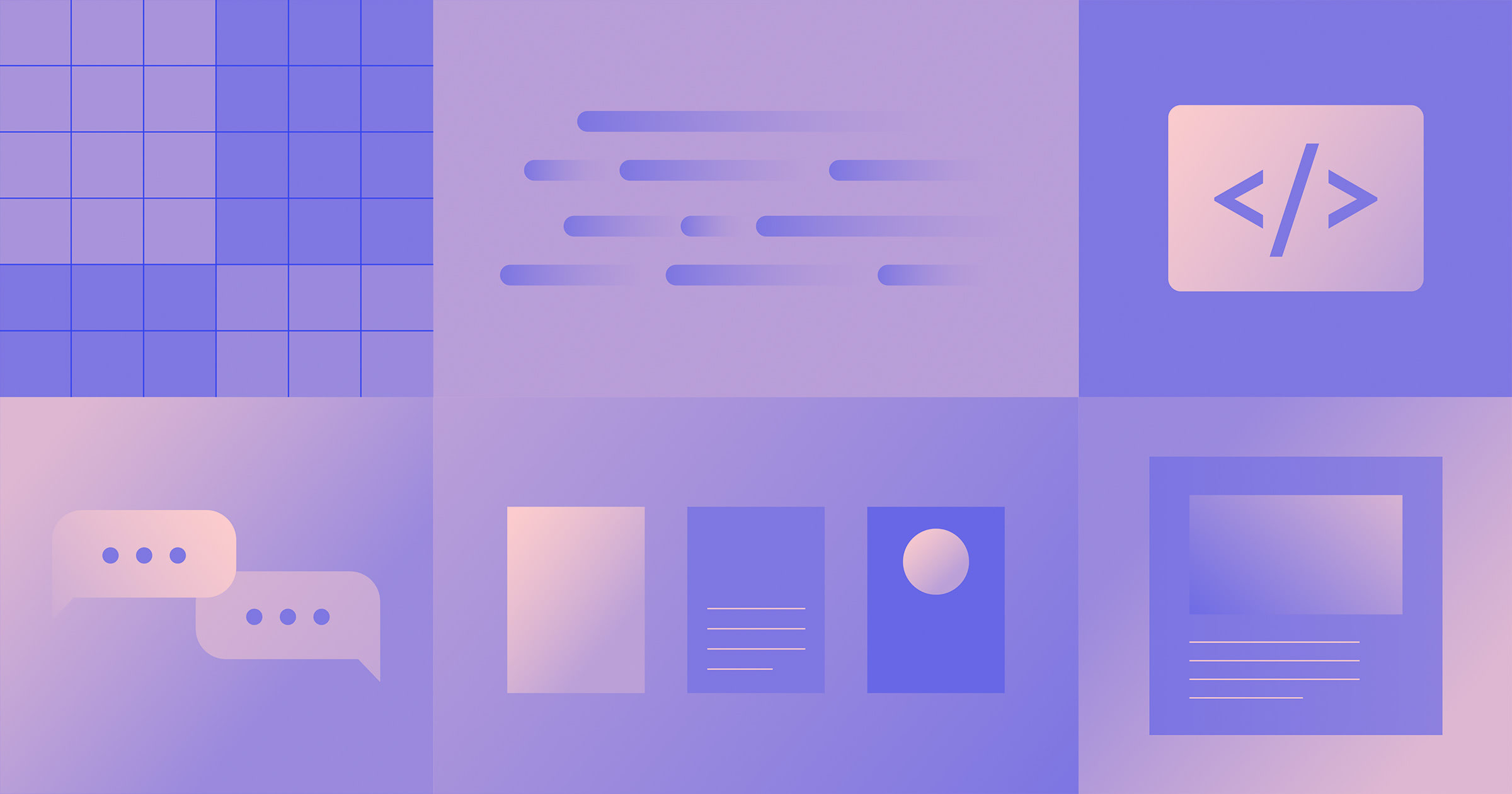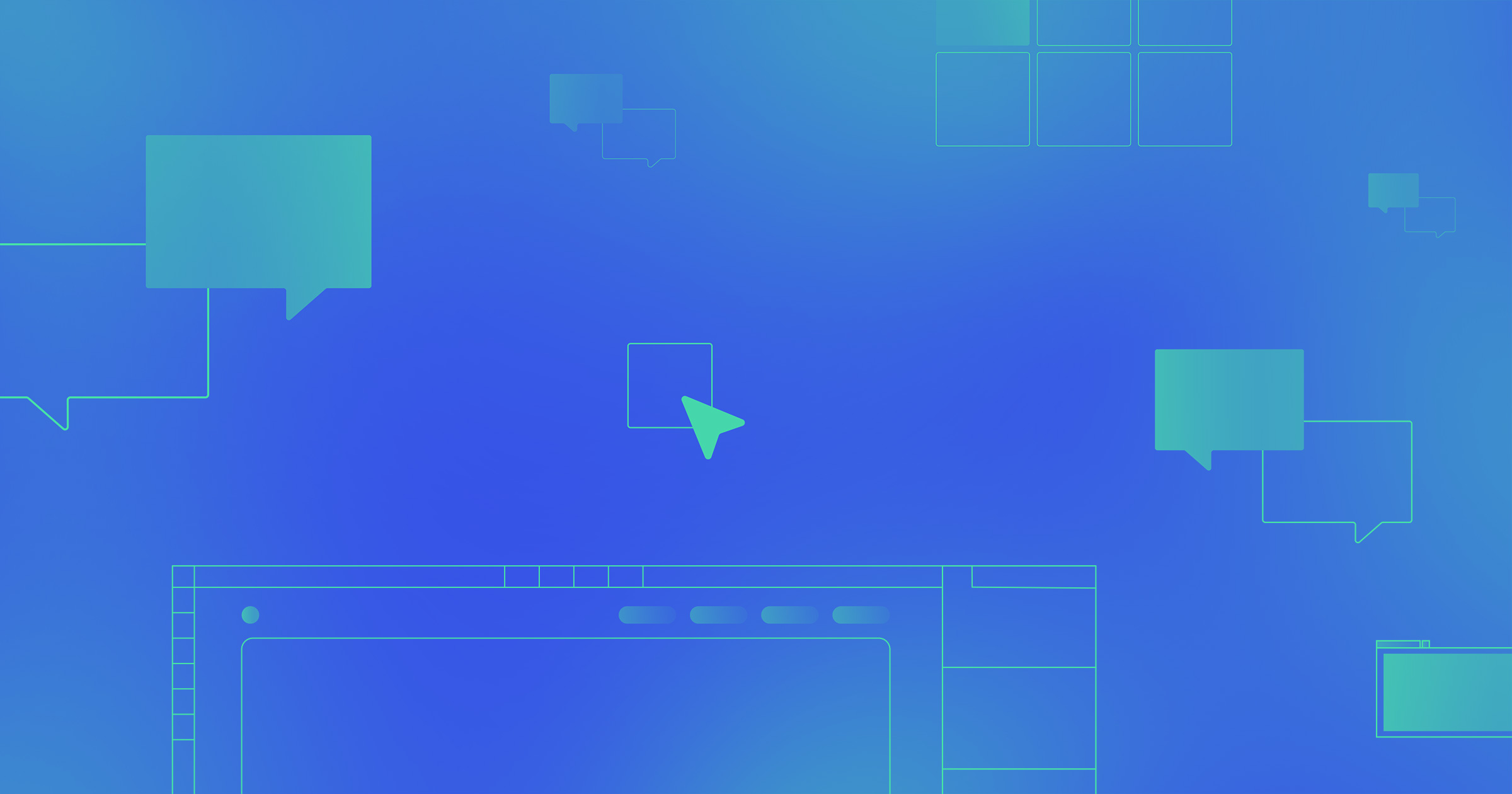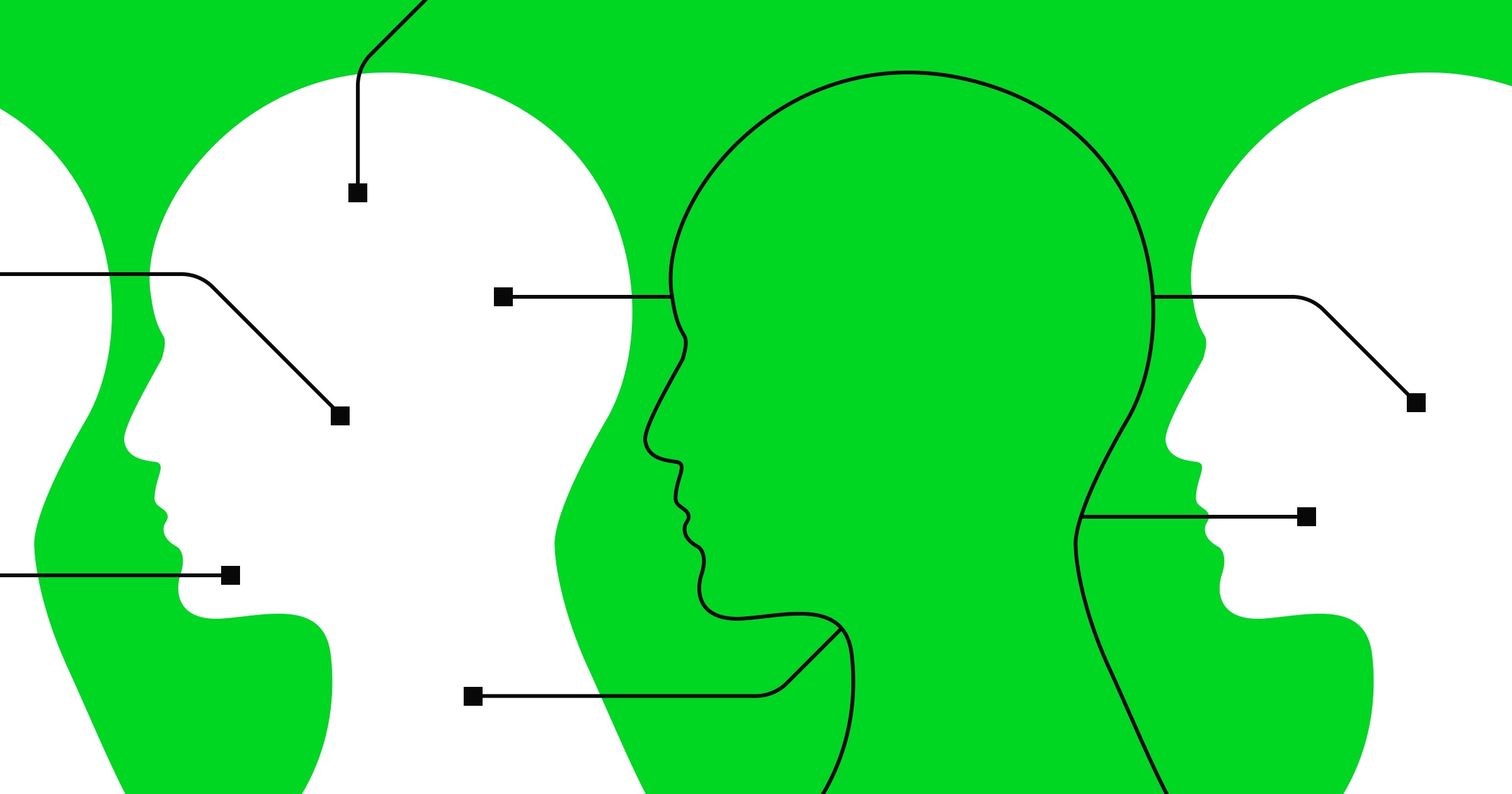Normally, the bigger an agency gets, the more its leaders have to focus on operations and efficiency.
That’s not what Steffi and I had in mind when we founded Refokus, our digital branding and web agency, in 2021. Instead, we set about building a new breed of agency that uses emerging technology to reduce development cycles, streamline production, and spend more time and energy on strategic thinking and creativity.
Over the last few years, we’ve refined our model with clients ranging from early-stage startups to Fortune 500 companies. Frankly, our timing couldn’t be better: every day, new tools powered by AI are coming to market with the promise of automating processes and speeding up development. Large language models like ChatGPT and generative AI like Midjourney have the potential to augment agencies like Refokus, giving back valuable time and driving creativity forward.
But harnessing AI isn’t just about adopting new tools and automating work. We believe agencies need to be thoughtful and intentional about where and how we deploy this new technology — and what we do with all these hours we’re given back.
Optimizing time with AI
There’s no doubt that teams can use AI to optimize time on the repetitive tasks that are a necessary part of agency life, like invoicing or project tracking. For example, we use an AI notetaker called Fireflies to record, summarize, and create a searchable transcript of every meeting. It helps create proposals and makes it incredibly simple to ask and get answers to specific questions like, “What was the deadline the client mentioned for the first deliverable?”
We’ve also found AI useful during client onboarding — we can now use ChatGPT to assist in our brand audits. It can analyze a client’s (or competitor’s) website, summarizing content, articulating value props, and providing insights into the kinds of content and messaging that the brand is publishing.
But AI may be transforming the work of our designers more than any other discipline. Tools like Midjourney have revolutionized design iteration, making it possible to move much faster while creating moodboards, prototyping concepts, changing backgrounds, and creating image concepts. While that work used to take a few weeks, it can now be done in minutes.
These tools can save hours (if not days) of work. But we believe that time is only valuable if we do something valuable with it.
Reinvesting those hours into strategic & creative thinking
There’s a quote from Albert Einstein that I love: “It’s not that I’m so smart, it’s just that I stay with problems longer.”
This is the game-changing power of AI for creatives. It gives us more time to spend on the problem: more time to brainstorm, iterate, experiment, and innovate. And those activities are what agencies will need to master in order to succeed in an AI-assisted future.
With AI, the baseline is going to rise exponentially. Everyone will be able to create faster, cheaper, and more efficiently. This isn’t new — we’ve seen a similar evolution with no-code tools and visual development platforms. Ten years ago, only the biggest companies and most advanced enterprises could have really interesting and dynamic websites. But today, with technology like Webflow, even small businesses can achieve a really high-quality online presence.
These new capabilities mean some teams will prompt their way through work to pump websites out very quickly. But that will eventually lead to a sea of sameness.
You can tell when ChatGPT writes an article, or when Midjourney creates an image. There’s a blandness to work that hasn’t been honed by a human. No one distinguishable brand experience comes out of AI, at least for now.
So in order to create brand experiences that will stand out, AI needs to work in connection with human creativity. Agencies that reinvest the time AI saves into deeper research, creative brainstorming, design iteration, strategic thinking — those will be the teams that build unique, differentiated brand experiences that resonate and ultimately dominate the markets.



















Work with a Certified Partner
Webflow-certified partners have verified experience and a proven track record with client satisfaction.
Partnering with AI (not prompting your way through creative work)
In addition to giving back time that we can use on creative and strategic thinking, AI can serve as a powerful tool in brainstorming and ideation. When you get a creative spark, you can hash it out with a sparring partner that quite literally has all the knowledge of the world.
For example, I had an idea for a metaphor about how quickly cars age. A car may look modern and even futuristic when it launches, but after a handful of years, it’s just another car on the road. I asked ChatGPT if this notion has been studied before, and it told me I was talking about a concept called “perceived obsolescence”. This was a new term to me, so I talked through its applications across web design, tech, and other industries with ChatGPT.
In the end, I walked away with a clear fundamental concept for an article I wrote for the Refokus website. I couldn’t have done a Google search to turn up the term “perceived obsolescence”, because I didn’t yet have the knowledge to put that concept into words. But ChatGPT did — and it came out of a conversion, not a search query.
Note, though, that I still wrote the article myself. That’s because when ChatGPT writes content, it can be generic and bland. We’ve tested it, again and again, with different workflows and different prompt chains. We’ll give it a concept, our goals, and our voice and tone guidelines. We’ll build out the most robust prompts and instructions we can come up with.
And the end result is just…empty. AI-generated content lacks the emotional connection that occurs when one human reads an article that was written by someone with an opinion or personal experience. This is the same that happens with templates and AI-generated designs: on the surface, they look pretty. But when you truly engage with it, it’s just bland and generic.
Once again, it’s the combination of AI and a human that leads to something worthwhile.
Evolving from creators to curators
Over time, AI models will get better and better at automating production and process steps. As that evolution occurs, we’ll continue to shift from working as creators to becoming curators.
And as agency founders, we believe it’s our responsibility to help onboard, train, and foster the use of AI on our team. It’s a tool that will absolutely be adopted throughout our industry, and we can help our team members move forward in their careers by helping them understand how to use it for good.
Because the bottom line is, you can’t just leverage AI to work faster and build more. If that’s your approach, you will drown in that sea of sameness generated by algorithms. But you can leverage AI tools and no-code tech to win back your valuable time not just build more, but create something better.






























